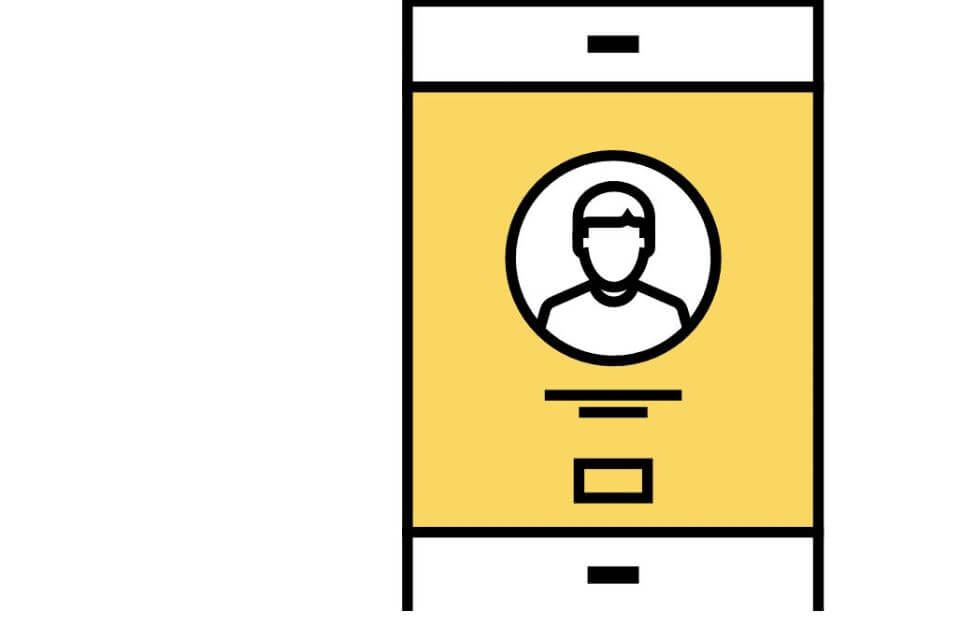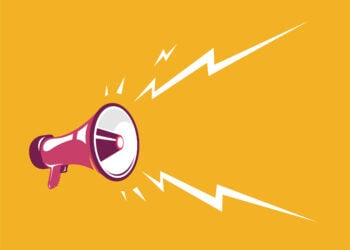Had you been a member of the upper class in the 1800s, you would have had a calling card elaborately ornamented and inked with fine calligraphy. It announced your arrival.
The business card is the modern day equivalent. But statistics show that nearly 90 percent of business cards are trashed within a week. So in a world of websites, blogs and LinkedIn, why do you still use them? When contact details are readily available in an email signature, why do you continue to hand out these pieces of cardboard as though they still matter?
Because they do.
The business card is an extension of your personal brand. Not only does it pass along contact details, it makes a statement of who you are and what you stand for. The objective of the card is to grab attention and be remembered. It gives you the opportunity to be different.
Pound-for-pound the business card packs a big punch. It’s hard to imagine a marketing tool that’s more versatile, affordable and accepted than the common business card. Many times it is the initial handshake with a prospective client. It is a way of breaking the ice.
So what are the elements that make a memorable card?
Size – The standard size for a business card is 3.5 inches by 2 inches. From time to time, you will see a European cut, measuring 3.37 inches by 2.12 inches. A square card is usually 2.5-3 inches square. An odd size could mean something is different about your firm’s approach.
Paper – The rule is simple; thicker is better. A memorable business card should be printed on nothing less than 130# cover or 16pt stock. This is an easy way to stand out. Your typical attorney business card is on 100# uncoated cover. If it is a full-color card, it’s likely on 14pt stock, which is slightly heavier. The cheap, flimsy cards you receive – or purchase – are usually on 80# cover.
Components – What to include? This question is often asked and today you will hear the argument that even an address is no longer necessary on your business card. With a website and mobile workforce, this may be true for some. Since your email address also ends in your domain name, having both the email and website address might not be necessary. And does anybody still use a fax machine?
Some of the common elements include:
- Logo
- Tagline
- Firm Name
- Your Name
- Title
- Phone
- Cellphone
- Fax Number
- Email Address
- Website Address
- Mailing Address
- Physical Address
- Social Media Links
- Picture
Logo – The logo is typically a standard element of a business card. If the logo is in the corner or as a watermark in the background, it defines the overall look and feel of the card layout. In the legal industry, the logos are more conservative, but a firm that specializes in IP or technology startups might have a more creative logo.
One-sided Versus Two-sided – The trend is definitely toward the two-sided card. The second side is generally very basic with a logo and website address. Splitting content over two sides improves the whitespace and can keep a card from getting cluttered.
Colors – Keep it simple. Even with a fullcolor logo, a business card should not have more than two primary colors.
Bleeds – A bleed is a line, color or picture that goes all the way off the edge of the business card. This might add to the cost of the card, so determine if the bleed is absolutely necessary to achieve your design goals.
Typography – Typography is more art than science. It is one of the most important decisions made yet many firms put little thought into this element. The rule of thumb is to choose no more than two complementary fonts to use on your card. Essentially, don’t choose two fonts from the same family or two wildly different fonts. Use one font for headings and the other for the remaining elements like phone numbers and email.
Most importantly, you want to make sure your clients are able to read it. It’s a big mistake making the font too small. Do you want serif or sans serif? Serif fonts have a very professional appearance but sans serif can be easier to read in smaller sizes.
White Space – A cluttered business card doesn’t look professional. Leaving plenty of white space is aesthetically pleasing to the eye. Using both sides helps.
Printing Processes – You can have all the right elements in place, but have a business card design fail if it’s not printed on the right paper or without the appropriate finishing effects. Raised letter thermography, foil stamping or embossing add distinctive, classical elements at minimal costs.
The business card offers you the opportunity to stand out and have an immediate positive impression with very little investment. Are you taking full advantage of this marketing muscle? David Moore









